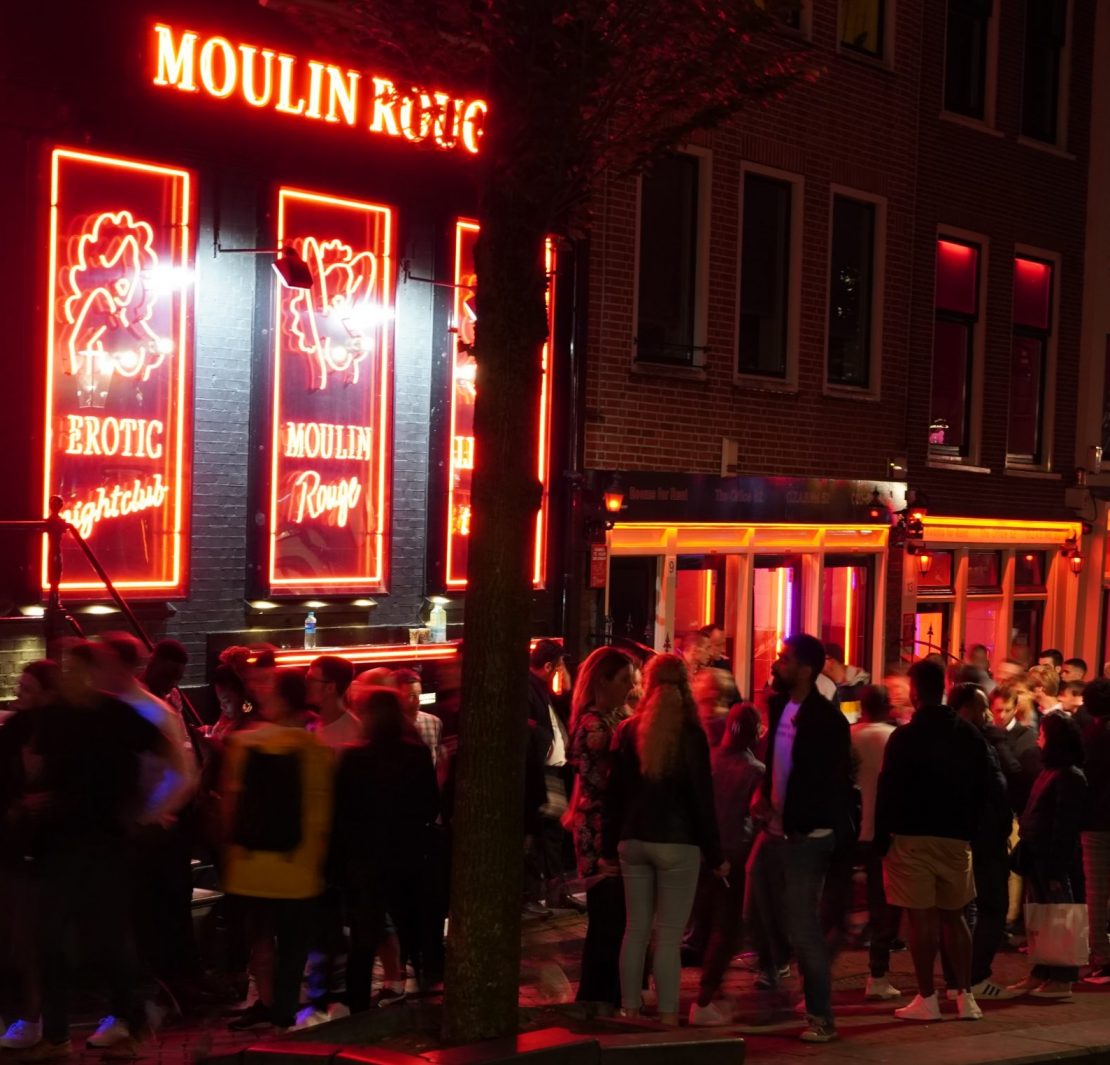Since March, sex workers in Amsterdam have been protesting Mayor Femke Halsema’s plan to move them from the city’s famous Red Light District to an ‘erotic centre’ in the suburbs. Halsema is pushing for controversial reforms to the city due to reports of disorderly behaviour by tourists and locals who visit the area. The changes are part of a larger attempt to transform Amsterdam’s reputation and reduce disturbances for citizens.
April 1 onwards, officials have implemented a new rule that forces sex work businesses to close at 3:00 am instead of 6:00 am. However, organisations that represent sex workers are fighting to save the thousands that will be affected by such huge changes. Lesser hours mean they will lose out on a significant amount of income. Further, the plan to build an ‘erotic centre’ in the suburbs has also angered locals, who are not in favour of the sex work industry moving closer to their neighbourhood. Although Amsterdam as a city boasts one of the most tolerant attitudes towards sex work in the world, locals are uncomfortable with it infiltrating their residential areas.
The current Red Light District, De Wallen, is one of Amsterdam’s most historic areas that dates as far back as the 16th century. Every year, 3.1 million people from across the world visit it. The city’s Museum of Prostitution houses a complete history of the profession and is a popular attraction. Tourists can even visit the Cannabis College to learn about safe use of the drug. The city has become synonymous with its openness to sex work and tolerance of marijuana, which allows coffee shops to sell cannabis under regulated conditions.
But overcrowding, drunken criminal activity and drug abuse in the Red Light District are rising concerns for authorities. Now, officials want to change that image and shift the focus to its museums, canals, art and culture instead. Efforts to do so have been underway for over a decade, with many brothels and marijuana cafes slowly shutting down.
More recently, the city’s revamping initiatives have only accelerated. Officials banned guided tours of the Red Light District in 2019 – another move that sex workers fiercely campaigned against. Then in February this year, the city council made it illegal to smoke cannabis on the streets of De Wallen. Restaurants and bars in the area can no longer remain open past 2:00 am and no new visitors can enter the district past 1:00 am.
The most pointed move to quite literally drive away a large section of tourists came in March 2023, when Amsterdam launched the “Stay Away” advertisement campaign warning young male British tourists against abusing alcohol and drugs and engaging in disruptive behaviour while in the city. Residents have had major complaints about tourists from the UK being out of control with partying, doing drugs and engaging in disruptive behaviour. Authorities will soon expand this campaign within the Netherlands and to other EU countries as well. It’s a strong stand that shows just how seriously over-tourism and its effects have impacted natives.
By relocating its Red Light District, one of the world’s most popular tourist destinations seems to be pushing for a complete rebrand. Amsterdam officials have been rapidly tightening their once-lax policies towards sex work, alcohol and drugs for years, but now, they want to change the city’s structure. It seems to be a tug of war between continuing to attract tourists (albeit for what they believe are the wrong reasons) and improving liveability for its own citizens. While Amsterdam has a lot more to offer than just its Red Light District, the new restrictions will change how tourists from around the world perceive the city – for better or for worse.




